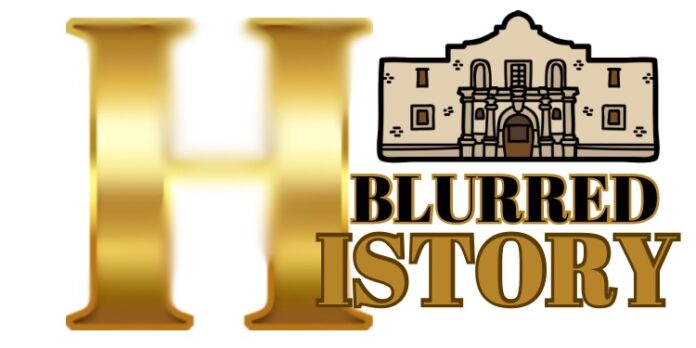Let’s Get to the Truth
Education must address the unknown in American history or we will never know the truth. Education is this country is filled with half-truths, omissions, lies, distortions and erasures. People have been taught to look for quick answers to complicated questions, and this is where trouble begins. A new generation of learners and teachers question why Black lives never mattered in this country. Neil DeGrasse Tyson is quoted as saying, “One of the great challenges in the world is knowing enough about a subject to think you’re right but not enough about the subject to know you’re wrong.” This directly relates to the fact that in the United States there are two histories. One history is based on myth, half-truths, omissions, lies, distortions, and erasures, while the other is generally unknown, and often very surprising.
Myths and legends are not education, and when related to social structures are often engineered to prop up those in power and subject the multitude to support whatever the established untruth is said to be. The words of an ancient philosopher sums it up it this quote. “It is easier to fool a multitude than it is one man.” Overcoming the legacy of slavery and its offspring, white supremacy, should be the central task of education. There are hundreds of examples of how we have been denied a real education. Repeated falsehoods are the mainstay of the educational process in our country. These false hoods never address the complicated and real truths of what actually happened in history and what is actually going on today.
These complicated questions need answers: Why was it that African Americans, Mexican Americans, Native Americans, women, and impoverished whites did not fit into the formula of “We the people”? Is America just a nation of immigrants and why do we keep saying that when Black people did not immigrant here nor did Native Americans? What is the untold reason for the 1st Amendment and freedom of religion, did it have anything to do with creating white supremacy? Did the 13th Amendment really abolish slavery and what was used to prevent the realization of the 14th and 15th Amendments? What is slavery by another name? What was the Battle of the Alamo really about and how many Blacks fought with Santa Anna? What was the central reason for the cruel Civil War? What sections were left out of the Bible in which Black slaves were introduced to? Where were the slave plantations in Bexar County? How many Blacks arrived from the Canary Islands in 1731? What is unknown about General Order 3 as read on Juneteenth by General Gordon Granger in 1865? How is the Moorish Conquest of Spain related to the origins of white supremacy and how did this influence the invention of “races” during the Enlightenment? What were Whites before they were White? Did Blacks fight for the British during the American Revolution? How many U.S. Presidents owed slaves and which one opposed slavery? What happened to Black bodies in death on slave plantations? What is medical Apartheid? Why is Black History American History?
To answer these questions several works should be read and analyzed. These initial readings are important and include: What this Cruel War Was Over by Chandra Manning, The Racial Contract by Charles Mills, Time of Hope, Time of Despair by James Smallwood, An Indigenous People’s History of the United States by Roxanne Dunbar-Ortiz, The Price for Their Pound of Flesh by Daina Ramey Berry, and my work, The Alamo: A Cradle of Lies, Slavery, and White Supremacy.






